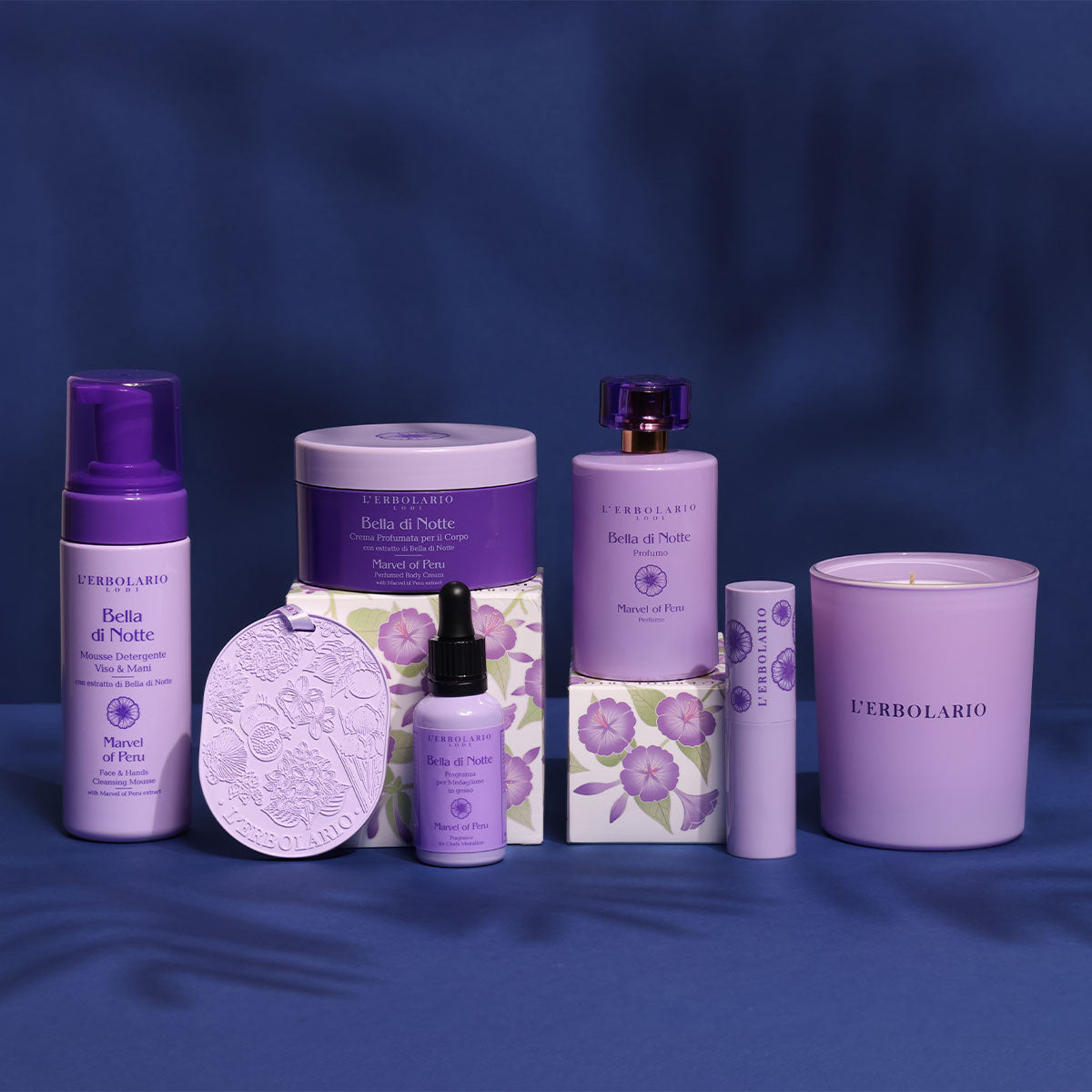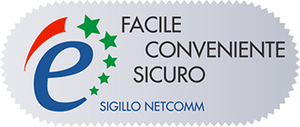We monitor the content of eight heavy metals (nickel, chromium, cadmium, lead, mercury, arsenic, antimony and cobalt) in each batch of our products to minimise the risk of allergies and protect even the most sensitive skin.
The heavy metal levels in our products are consistently below the limits established by the three leading industry guidelines.(1)
Our tests
All our formulas undergo a series of tests before being approved, in order to ensure their safety, efficacy and pleasantness.

Specifically, we carry out the following tests:
Accelerated stability tests: the product is subjected to various physical stresses and monitored for six months to assess its ability to adapt to and withstand the applied shocks. These tests simulate the conditions to which the product may be exposed over time, ensuring that it maintains its quality even after a long period on the shelves.
Microbiological stability test: the preparation is subjected to intense microbiological stress to verify the effectiveness of the preservative system in preventing possible contamination during use.
Clinical instrumental test: all our products undergo rigorous in vitro and in vivo testing to assess tolerability, efficacy and pleasantness. Research is evaluated at the University of Pavia with the participation of healthy volunteers who test our products under the supervision of medical professionals, following strict protocols depending on the type of cosmetic product. Volunteers also carry out a self-assessment to provide feedback on how pleasant they find the products, which is very important to us.
Stability testing in official packaging: we assess interactions between the product and its packaging to ensure there are no unwanted reactions.
Once the cosmetic formulas have been approved, the production process begins, where chemical, physical and microbiological quality control continues to play an essential role at every stage, from the analysis of ingredients to the finished product. Once all the requirements have been met, the product is officially considered suitable for sale.
(1) Guidance on Heavy Metal Impurities in Cosmetics (Health Canada 2009); Kosmetische Mittel: BfR empfiehlt Schwermetallgehalte über Reinheitsanforderungen der Ausgangsstoffe zu regeln (Bundesinstitut für Risikobewertung 2006); Proposal for permissible limits of certain toxic pollutants in cosmetic products (Italian National Institute of Health 2006).








